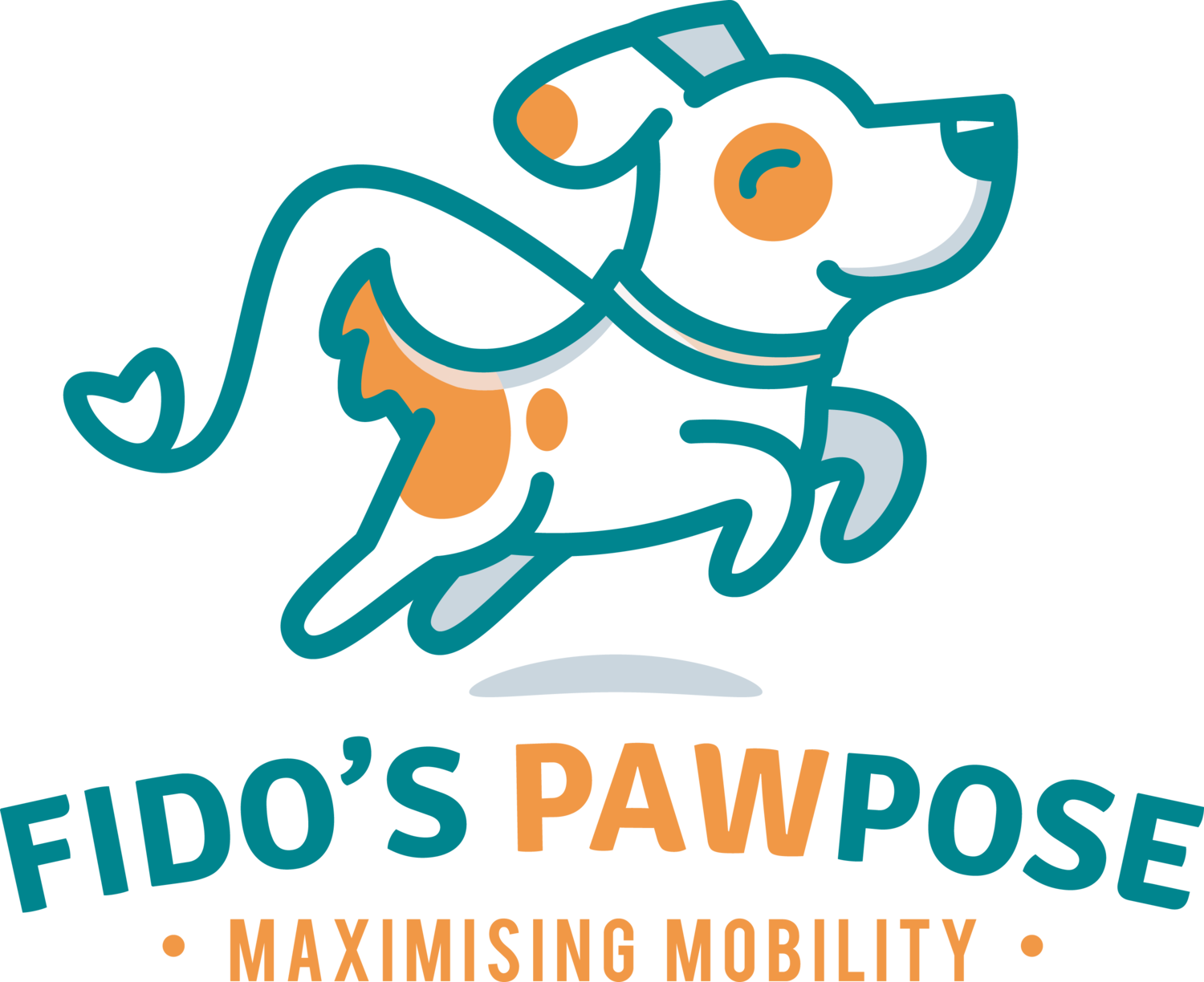Frequently Asked Questions
-
The findings from a veterinary professional are very valuable when we work up the context for a case. Most interventions, if any, will likely be diagnostic in nature and focussed on pain management.
For us, we approach every client with a patho-functional perspective; patients with the same diagnosed condition may present very differently in terms of daily function, movement, pain levels etc. and these have to be appreciated in greater detail through a specific musculoskeletal and/or neurological examination before a treatment protocol comprising various therapeutic options can be established.
-
It can work both ways. Should you come referred from a veterinary professional, we will review the clinical findings, as well as also looking functional movement (see previous point) that will help us work up an appropriate protocol for conservative management.
Many of our clients also come to us first to provide a first line of observation. Oftentimes, if there are concerns that could suggestive indications of other potential underlying issues, we will have these escalated to your primary vet for further exploration and diagnostics, where applicable.
-
Every case is different and it is difficult to pinpoint an exact timeframe. If the dog responds well to therapy, most clients will observe an improvement between 4-6 weeks with a regular routine in the initial period. In chronic conditions, rehabilitation can help retard the disease progression but not necessarily reverse/eliminate the pathology.
-
We deploy a variety to methods to encourage voluntary compliance, either through treats, praises, toys etc. In the event that is not achievable, then we will proceed only at the threshold that your pup is tolerant so we don’t create any aversions which could manifest in subsequent sessions.
We try not to use muzzles at the onset, and will only do so if handling poses a risk to themselves, the owners, and the primary therapist(s).
-
Physical rehabilitation is complementary to hydrotherapy, as most conditions will require a multi-modal approach to achieve best treatment outcomes. The muscles targeted are also very different.
In physiotherapy, we focus on a combination of techniques comprising pain management and targeted exercises mimicking the same cycle of movements and neuromuscular stimulation to replicate actual functional movement that pups have to go through daily.
-
Physical rehabilitation protocols are assigned to pups that are compromised, i.e. possessing a presentation of musculoskeletal injuries, pain, and include management of chronic conditions such as osteoarthritis. These are also carried out by therapists with training in veterinary science and rehabilitation.
Conditioning programs are intended for pups without any medical-related physical impairments. This will be owner-led, and facilitated by a therapist who would also have additional credentialing and/or experience with exercise progressions and form so they can be instructed and carried out at home in between visits.

